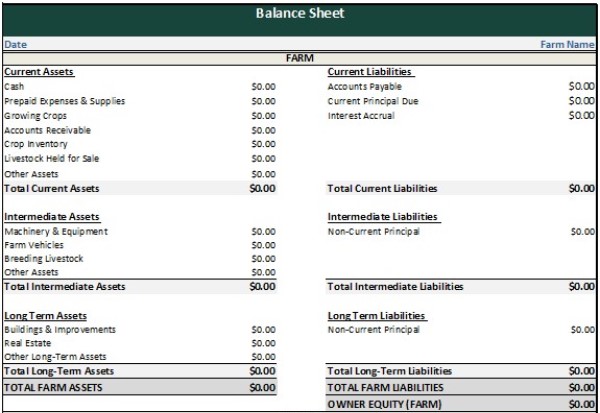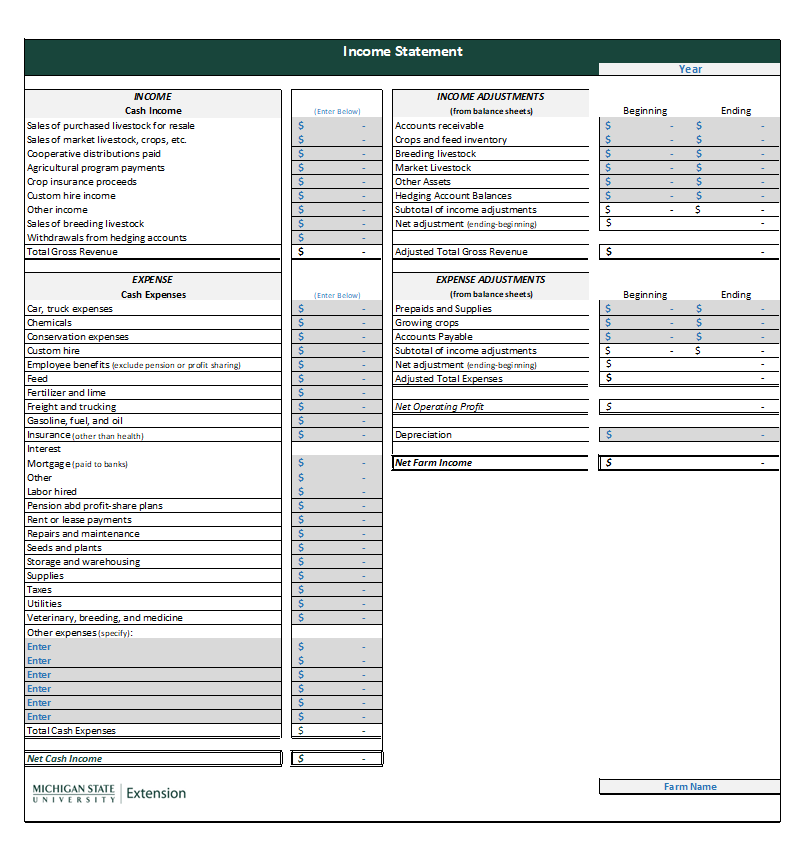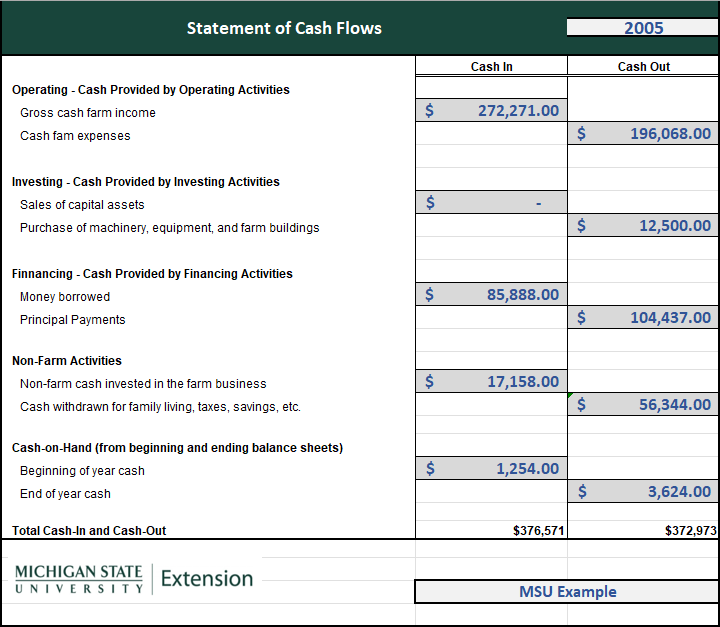What is clean eating?
Clean eating is an approach to eating that can help you make healthy choices.
You may hear advertisements for food establishments promoting “clean” food or “clean” eating. But what is clean eating? Clean eating is all about choosing foods that are natural and wholesome; particularly free of chemicals, additives and preservatives, and food with less refined and processed ingredients.
There may be some advantages to this eating style. This would include maintaining a healthy weight and better blood sugar, blood pressure and cholesterol levels. Here is why. If you eat a diet rich in whole, unprocessed foods in their natural state, you are benefitting from the nutrients that are naturally contained in those foods. These foods would be whole grains, fruits and vegetables full of health-protective phytonutrients, legumes, and lean meats rich in vitamins, minerals, fiber, and without all of those unwanted additives like added fats, salt and sugar.
Here are seven simple steps for clean eating according to “The Complete Idiot’s Guide to Eating Clean” by Diane Welland:
- Eat whole foods. Choose fresh, simple foods in their natural state.
- Choose “good” carbohydrates. Do not give up all carbohydrates, just watch the highly refined and processed ones such as white flour, white sugar and white rice. Focus on fruits, vegetables, whole grains and legumes.
- Smart protein picks. Choose high-quality sources like lean meat, fish, chicken, eggs, and low-fat dairy.
- Avoid the “fat-fear” factor. Focus on healthy fats such as olive and canola oil, avocados and nuts and limit saturated fat found in fried foods and baked goods
- Minimize eating. Try a meal pattern consisting of three small meals and two or three light snacks each day.
- Drink water. Make this your first choice beverage, aiming for six 8-ounce glasses each day and more if you are active.
- Move it! Incorporate 150 minutes of physical activity into your week broken down into 3-5 days.
For more ideas for healthy living, please visit Michigan State University Extension.



 Print
Print Email
Email


